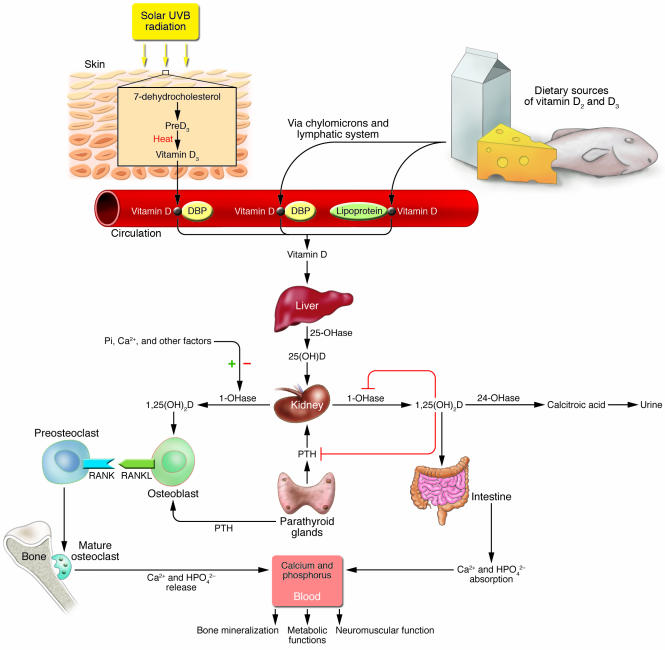Figure 3. The photoproduction and metabolism of vitamin D and the various biologic effects of 1,25(OH)2 D on calcium, phosphorus, and bone metabolism.
Vitamin D is either produced in the skin by exposure to UVB radiation or is ingested in the diet. Vitamin D (D represents vitamin D2 or vitamin D3) is converted by the vitamin D-25-hydroxylase (25-OHase) in the liver to 25(OH)D. 25(OH)D is converted in the kidneys by 1-OHase to 1,25(OH)2D. Once formed, 1,25(OH)2D enhances intestinal calcium and phosphorus absorption and stimulates the expression of RANKL on the osteoblasts to interact with its receptor RANK on preosteoclasts to induce mature osteoclastic activity, which releases calcium and phosphorus (HPO42–). In addition, 1,25(OH)2D inhibits the renal 1-OHase and stimulates the expression of the renal 25(OH)D-24-hydroxylase (24-OHase). The induction of the 24-OHase results in the destruction of 1,25(OH)2D into a water-soluble inactive metabolite calcitroic acid. PreD3, previtamin D.

